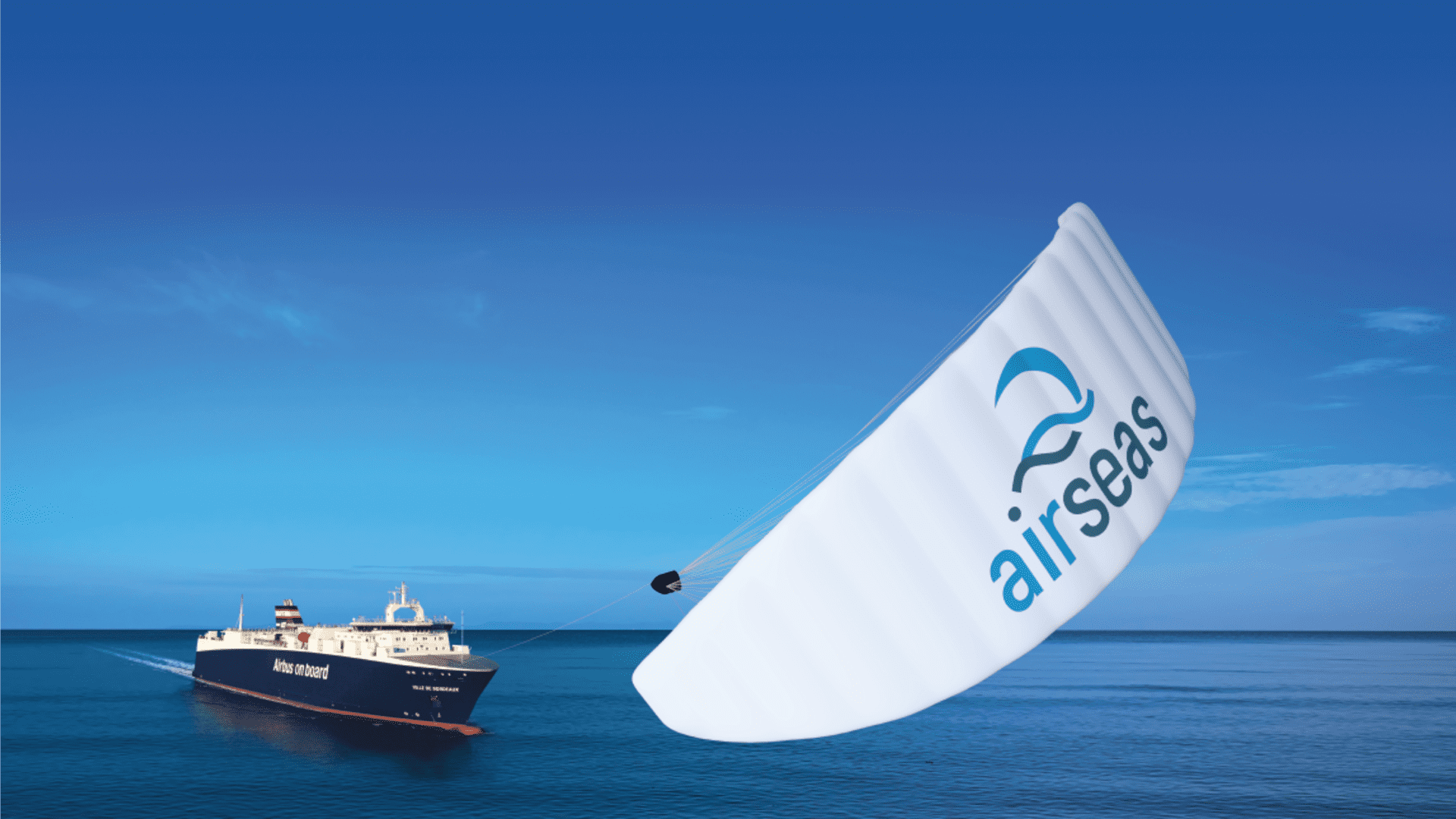VW Releases Final Specs & Details For ID. Buzz

Over the last couple of years, we’ve seen a lot of photos and learned a lot of little details about Volkswagen’s ID. Buzz. But, final details haven’t been released until recently in a press release by the company. In this article, I’m going to share some of those details with you.
Volkswagen says the ID. Buzz reflects a new era for motoring. There are two versions available for order: the ID. Buzz MPV for families, and the ID. Buzz Cargo van for commercial users. Sales have begun in Europe for Volkswagen Commercial Vehicles, with the first vehicles expected to be delivered this fall.
Despite being relatively big and tall (compared to most EVs), the efficiency situation isn’t terrible. The aerodynamic body’s tight overhangs (CD 0.29) are linked visually to the nimble driving characteristics. The 150 kW (201 horsepower) electric motor produces maximum torque of 310 Nm (229 lb-ft) almost immediately after startup. Because it is rear-wheel drive, the steering is also free of any feed system effect. To lower the center of gravity and minimize roll, the 77-kWh (net) battery is embedded deep within the vehicle floor. With the weight evenly distributed throughout the car, handling is more precise. In addition, with a tight turning radius of only 11.1 meters (36.4 ft), the ID. Buzz is perfect for those who frequently drive in city conditions.
The ID. Buzz’s range on the combined WLTP cycle is 263 miles. The buzz range is up to 263 miles, while the ID. Buzz Cargo has a distance of 264 miles. Using an 11 kW onboard charger, the battery may be charged at home, at work, or at public AC charging stations. ID. Buzz can pull as much as 170 kW at DC rapid charging stations, allowing for 5 to 80% charging in only 30 minutes. The vehicles also have ‘Plug & Charge’ capability; which enables automatic activation and billing when connected to an electric vehicle (EV) charger (supplied).
In early press releases, VW promised full self-driving, but the industry has found over the last few years that the problem was a harder nut to crack than they thought. But, that doesn’t mean it doesn’t have helpful automated systems. Assist systems include Forward Collision Warning with Pedestrian and Cyclist Monitoring (Autonomous Emergency Braking), which provides automated emergency braking when an accident is imminent. Driver assistance technologies, such as Car2X (warns of hazards in the immediate vicinity) and Front Assist with pedestrian and cyclist monitoring, are now available in Europe.
The ID is the vehicle identification number. The latest Volkswagen ID was installed in all of Buzz’s vehicles when they were produced. Over-the-air software updates allow these technologies to improve for existing cars without the need for any modifications or a visit to the dealer.
“The ID. Buzz appeals to all sorts of different customers — families, people who need lots of space for their hobby, plus business owners and the manual trades,” says Thomas Schäfer, Volkswagen AG Management Board Member and Head of the High-Volume Brand Group. “People opting for the ID. Buzz will be just as likely coming across from an SUV or the van world as Bus fans who want to go electric. This model is therefore of exceptional importance for Volkswagen and Volkswagen Commercial Vehicles.”
The two vehicles are nearly identical in size. The length of the Buzz models is identical. The wheelbase is lengthy, too, at 177.7 inches. The area between the axles is used to its greatest potential. Depending on variant, the ID. Buzz and ID. Buzz Cargo have a height of 75.9 to 76.8 inches (excluding wing mirrors). The load sill of the ID. Buzz and ID .Buzz Cargo is low.
The spacious ID. Buzz is equally well suited to leisure as it is to business use. Driver and front-seat passengers sit in individual seats with standard adjustable inside armrests. The 3-seater bench in the back is split 40:60, with folding backrests. It’s also feasible to extend the two parts of the bench seat lengthways by 5.9 inches for greater legroom or extra baggage capacity. The MPV comes with two standard sliding doors. When five people are on board, there is 39.6 cubic feet of luggage space behind the second row that expands to 77.9 cu ft when the second row is folded down.
Buzz, on the other hand, is a bit of a mouthful. It’s derived from the German word “buzz” and implies “intellectual buzz.” Originally made by transportation service Uber in 2012, Buzz Cargo was an attempt to merge two distinct ideas: “Uber-like technology for trucks,” according to Fortune magazine. The ID. Buzz is equipped with permanent-magnet synchronous motors (PSMs), power electronics units, automatic single-speed gearboxes, 12 lithium-ion battery modules and other components integrated inside the vehicle’s front end. The battery has a net energy capacity of 77 kWh (82 kWh gross). The high-voltage energy channeled between the motor and battery is managed by a power electronic unit that changes stored direct current (DC) into alternating current (AC). The on-board electronics rely on a 12V supply of power via DC/DC converter.
The electric motor is located in the driven rear axle and has a power output of 150 kW (201 hp). The immediate 229 lb-ft of torque ensures excellent acceleration, with a 0-62mph time of 10.2 seconds. However, the top speed is electronically limited to 90 mph. In Germany, the ID. Buzz falls under the highest efficiency class: (A+++, like from A Christmas Story).
The rear of the vehicle has a connection point that is used to charge the high-voltage battery. At a charging rate of 11 kW, the battery can be charged from 0 to 100% in 7 hours 30 minutes on a Level 2 charger. The ID. Buzz’s battery may be charged at DC rapid charging stations up to 170 kW. In this instance, the battery is charged from 5 to 80% in around 30 minutes.
The vehicle is supposed to come with a decent suspension that doesn’t come off the bargain shelf at VW. At the front, there is a strut-type setup with a sophisticated multi-link arrangement at the back. Both axles are very compact but have wide track widths of 65.9 and 65.7 inches, respectively. The wide track width at the rear provides ample room for feeding loads through between the wheel arches.
With all of these features, along with its retro looks, this should prove to be a popular EV model once it opens for full international ordering.
All images (including featured image) provided by VW.
Appreciate CleanTechnica’s originality and cleantech news coverage? Consider becoming a CleanTechnica Member, Supporter, Technician, or Ambassador — or a patron on Patreon.
Don’t want to miss a cleantech story? Sign up for daily news updates from CleanTechnica on email. Or follow us on Google News!
Have a tip for CleanTechnica, want to advertise, or want to suggest a guest for our CleanTech Talk podcast? Contact us here.
Advertisement
This post has been syndicated from a third-party source. View the original article here.







